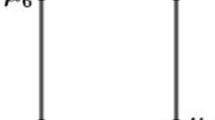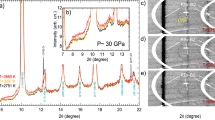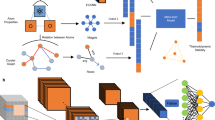Abstract
IN recent years, interest has been revived in the application of the thermogravimetric technique for the characterization of inorganic and organic compounds, and for studies concerning their thermal decomposition process. Several types of automatic balances have been developed—some of them now being commercially available—to give recorded curves of the cumulative weight-loss, with time or temperature, of a sample decomposing thermally under controlled conditions. It is often necessary to prepare, from this record, a curve of the rate of weight-loss as a function of time or temperature, by the somewhat tedious and relatively inaccurate process of graphical differentiation.
This is a preview of subscription content, access via your institution
Access options
Subscribe to this journal
Receive 51 print issues and online access
$199.00 per year
only $3.90 per issue
Buy this article
- Purchase on SpringerLink
- Instant access to full article PDF
Prices may be subject to local taxes which are calculated during checkout
Similar content being viewed by others
References
De Keyser, W. L., Bull. Soc. Franc. Céram., 20, 2 (1953); Nature, 172, 364 (1953).
Erdey, L., Paulik, F., and Paulik, J., Nature, 174, 885 (1954).
Author information
Authors and Affiliations
Rights and permissions
About this article
Cite this article
WATERS, P. Recording Differential Thermogravimetric Balances. Nature 178, 324–326 (1956). https://doi.org/10.1038/178324b0
Issue date:
DOI: https://doi.org/10.1038/178324b0
This article is cited by
-
Transformations de la phase supraconductrice a hauteT c (Bi,Pb)2Sr2CaCu2O8+x
Journal of Thermal Analysis (1994)
-
Thermophysical properties of oil shales
Journal of Materials Science (1979)



